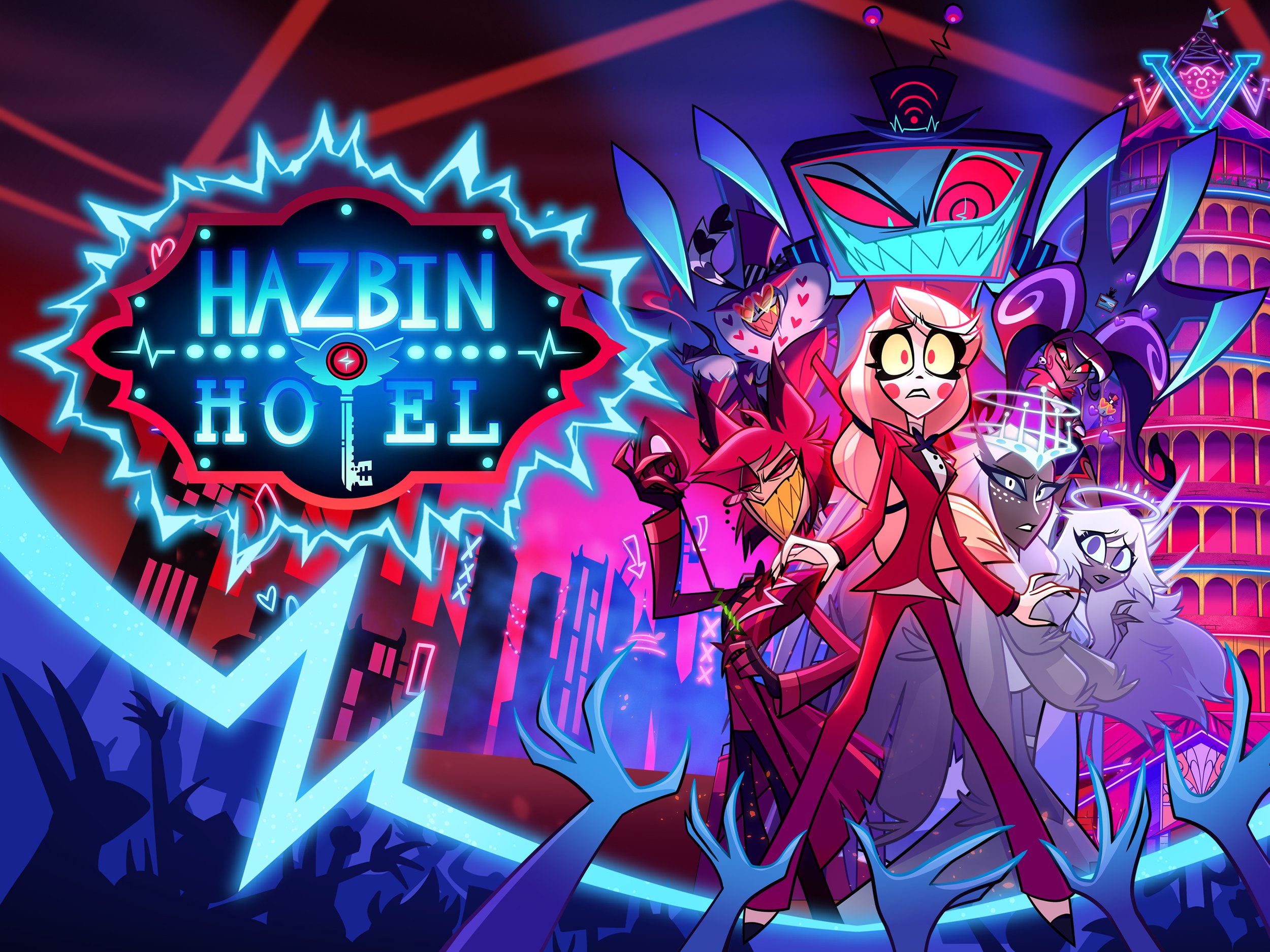The Redemption Paradox: Why We Embrace It in Storytelling but Resist It in Life
Redemption narratives are among the most emotionally satisfying arcs in literature, film, and television: a character falls, confronts their moral failing, struggles, repents, and rises again, becoming a better version of themselves. Think of Darth Vader in Star Wars, Loki in the Marvel Universe, or the “bad turned good” teams in Suicide Squad and The Thunderbolts. The arc is neat, coherent, and full of moral meaning. Yet when we look at real life, with public scandals, “cancel culture,” and high-profile falls from grace, we see little space for genuine redemption. Why the contradiction? Why do we want redemption in stories, but not seem to permit it in reality? And what does this tell us about our collective psychology and the justice systems that reflect our values?
This essay explores five key areas: The psychological and narrative appeal of redemption stories, Why those mechanisms fail in real-world contexts, How cancel culture magnifies the problem, The implications for the justice system, and How a more redemption-friendly culture might reshape accountability and repair.
The Appeal of Redemption in Storytelling
Redemption arcs are appealing for several interlocking reasons. First, from a narrative standpoint, they offer coherence. Chaos becomes order, wrongdoing becomes lesson, brokenness becomes transformation. Humans crave meaningful structure in stories. The hero’s journey often includes fall and return, and the redemption phase provides emotional closure. We appreciate redemption because it restores symbolic meaning to sin and suffering.
Second, redemption narratives satisfy our moral imagination. Fiction lets us explore morally charged terrain in a safe space. We witness transgression and forgiveness without being the victim. We empathize with the fallen character, we root for their growth, and we enjoy being on the side of moral hope. This distance allows us to acknowledge human frailty while affirming that people can change.
Third, redemption stories serve as symbolic reassurance. We all worry that we might fail morally or hurt someone unintentionally. Seeing characters redeemed suggests that failure need not be final, that growth, forgiveness, and reintegration are possible. These stories are as much about us as about the characters, offering a vicarious hope that we too might have a second act.
Finally, narrative psychology research finds that people often enact or internalize “redemption scripts” in their own life stories: accounts of suffering, turning points, and reformed identities. For example, research on desistance from crime (the process by which former offenders stop offending) shows that many people adopt a story of “I was once bad, I changed, I can help others now”. These scripts give identity coherence, turning a troubled past into something meaningful.
In short, redemption arcs work because they give narrative satisfaction, allow moral catharsis, and satisfy a deep human desire to believe in transformation.
Why Redemption Fails in Real Life
If redemption is so appealing in story form, why do we see so little tolerance for it in real life? Why do public figures who fall appear blocked from redemption? Several psychological and social mechanisms help explain the gap.
a) Reputation economics and signaling. In real life, trust is a social and moral currency. When someone violates trust publicly, the reputational cost is high and the stakes remain ongoing. Forgiving someone prematurely can feel like lowering the standards of the community. Social groups signal moral boundaries by exclusion or condemnation. Forgiving too soon may undermine the group’s moral integrity. Thus, it is socially safer to keep someone outside the circle rather than reintegrate them quickly.
b) Victims, irreversibility, and emotional distance. A redemption arc in fiction often glosses over the real pain caused by the “villain,” or presents the victim’s suffering as neatly resolved. In real life, victims are real people and the harm is often enduring. Forgiveness can feel like it minimizes the pain or allows the offender off the hook too easily. For victims, and for observers who identify with victims, it may feel unfair to let someone return to normal without full repair.
c) Psychological essentialism and moral character beliefs. Research shows that many people treat moral character as stable. Once someone is labeled “bad,” they are seen as bad permanently. This “fixed character” mindset makes redemption harder to accept because we view the person as fundamentally flawed rather than capable of change.
d) Temporal permanence and digital memory. In the digital era, accusations, scandals, and failings are archived indefinitely. Unlike earlier eras where a fall might fade with time, today one’s wrongdoing is searchable forever. This permanence makes a clean second act difficult. As Arianna Huffington noted, “We’ve reached a dangerous moment … because growth cannot happen without the necessary ingredients of redemption, forgiveness and self-forgiveness”.
e) Cancel culture and the lack of a formal reintegration ritual. In fiction, the redemption arc is ritualized and structured: the hero confesses, pays a price, redeems, the community forgives, and the story ends. In real life, especially in social media culture, there is often the condemnation (the fall) but not the structured ritual of reintegration. Without that ritual, the fallen remain fallen indefinitely.
Case Studies: Public Figures and the Redemption Gap
To illustrate how this plays out, consider two prominent examples: Kevin Spacey and Justin Roiland.
Kevin Spacey, once celebrated as one of Hollywood’s leading actors, was accused publicly of sexual misconduct in the wake of #MeToo. His career collapsed, roles were shelved, and his reputation was severely damaged. In recent years, he has attempted a comeback by accepting a lifetime achievement award at Cannes and promoting a new film. However, public and industry reactions remain deeply divided. Many feel the attempt at redemption is premature or tone-deaf. One opinion piece called his comeback “a gut-punch for survivors”. The narrative arc that might allow for redemption seems stalled in its starting blocks. There has been no widely accepted ritual of apology, accountability, and transformation that has satisfied the public.
Justin Roiland, co-creator of the popular animated series Rick and Morty, faced domestic violence charges in early 2023 and was dropped by Adult Swim. Although the charges were later dropped, the industry severed ties and his public career suffered greatly. There is little sign of a redemption arc in motion. Crucially, there is no publicly visible structured path of reintegration proposed by industry, media, or community. The window for redemption appears closed, not because the legal case is unresolved, but because the communal narrative has not shifted to “transformation allowed.”
These cases illustrate the core paradox: people are canceled but rarely redeemed. The social mechanisms for reintegration are weak or absent.
Implications for the Justice System
The gap between our narrative preference for redemption and our social reality of rejection has real consequences for justice systems and public policy.
a) Retributive versus restorative justice. Traditional criminal justice systems emphasize retribution and punishment. Restorative justice, by contrast, focuses on repairing harm, involving victims, offenders, and communities, and encouraging transformation. Okimoto and Gollwitzer (2025) describe “justice repair” as being less about punishment and more about reconciliation between parties. This approach mirrors redemption narratives more closely.
b) Narrative identity and desistance. Research in criminology shows that ex-offenders who successfully desist from crime often adopt a redemption self-narrative: “I used to be the bad guy, that’s over, now I give back.”. If society refuses to recognize or accept that narrative, reintegration becomes harder, desistance is less sustainable, and the justice system loses a powerful psychological mechanism.
c) Social ostracism as punishment without reintegration. When society or social media cancels someone but offers no path back, the person is stuck in limbo. This causes long-term exclusion, mental health damage, and hopelessness. Research on social exclusion shows that being cast out is extremely damaging to wellbeing and does little to produce transformation.
d) Mismatch between story logic and real-life logic. Justice systems, media culture, and public expectations often fail to align with narrative logic. In fiction, the arc ends neatly. In real life, wrongdoing complicates identity and consequences indefinitely. Systems that punish but do not allow return miss the “completion” phase of the redemption arc, creating moral and social dissonance.
Toward a More Redemption-Friendly Culture
What might a healthier culture of redemption look like?
i) Public rituals of accountability and reintegration. Fiction gives us a structured arc of confession, atonement, and return. Society could develop structured processes that echo this: offenders publicly take responsibility, meet with victims, participate in reparative actions, demonstrate change over time, and then gradually regain standing. Restorative justice programs already do this in some settings. Narrative practices in such programs help participants rebuild meaning and identity.
ii) Time-limited reputational “cooling off” or “probation” phases. In life, unlike fiction, memory is permanent. Since digital records make forgetting impossible, people remain trapped. It may be worth exploring cultural norms or policies that allow, after a certain period and with evidence of change, for someone to be considered reintegrated. Not erasure of the past, but acknowledgment of growth.
iii) Differentiation between accountability and ostracism. Society must distinguish between holding someone accountable and permanently excluding them. As one commentary noted, “Cancel culture … promotes ostracization over education, condemnation over compassion, and is deaf to redemption and change”. Re-centering accountability and transformation, rather than perpetual exclusion, could better align practice with our moral instincts.
iv) Media and institutional leadership in storytelling. Media often acts as the storyteller for society. When media coverage treats scandals as moral death sentences, it reinforces the “no return” narrative. Highlighting genuine transformation—where someone does wrong, repairs, and grows—would model a healthier approach.
v) Acknowledging complexity. A redemption culture must accept nuance. Some acts are enormously harmful, and forgiveness may be premature or inappropriate. Redemption should not be assumed. It must be earned and witnessed. As one author cautioned, “The romanticism of Redemption … has shadow attributes”.
Simply Put
We like redemption arcs because they satisfy narrative needs and moral hopes: chaos becomes order, failure becomes growth, and bad becomes good. But when the arc exists outside of fiction, when real people fail and are expected to redeem, it becomes messy. Trust is broken, victims are real, reputations are permanent, and societies struggle to facilitate transformation. The result is a culture of condemnation without reintegration, a “fallen but no return” culture that contradicts the stories we glorify.
For the justice system and society, this contradiction is meaningful. If we punish and exclude but do not permit transformation and return, we perpetuate limbo rather than closure. We deny our own narrative instincts of redemption. To reconcile this paradox, we need systems, public rituals, and media narratives that allow for real redemption, but only where responsibility is taken, harm is addressed, and change is demonstrated. If we can build a culture that mirrors the redemption arcs of our favorite stories in real life, we might bridge the gap between the narrative we crave and the reality we enact.
References
Therapy Group DC. (2024). The psychology of cancel culture: Impacts on mental health.
Sources
Op-ed: Kevin Spacey's comeback is a gut-punch
Cancel Culture: Accountability or Bullying? | Psychology Today
Kevin Spacey sexual misconduct allegations - Wikipedia
The Problematics of Redemption — Carmen Spagnola | Truth, Spirit, Justice and Healing
Kevin Spacey Returns to Spotlight After 'Challenging Years'
Justin Roiland dropped from Rick and Morty after domestic abuse charges | Television | The Guardian








